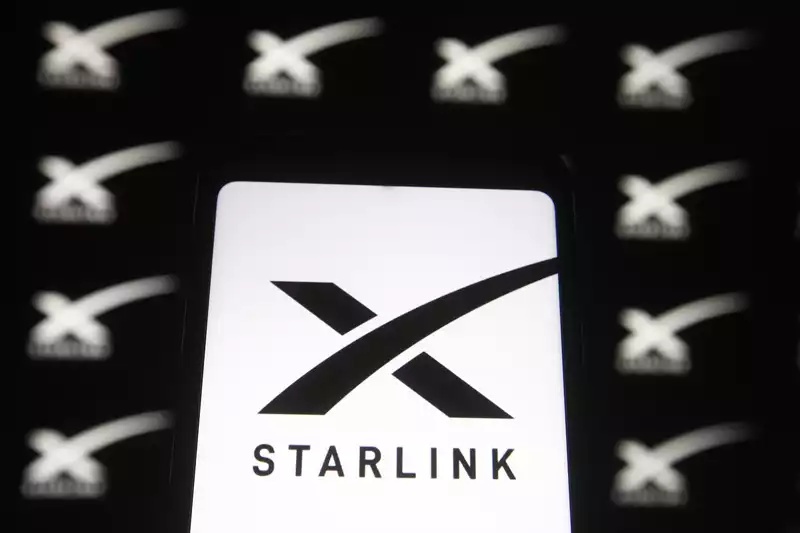Unlike Internet customers who use Comcast Xfinity or Time Warner, Starlink users should continue to expect one price for the foreseeable future.
This is what SpaceX President Gwynne Shotwell said about tiered pricing at the Satellite 2021 LEO Digital Forum yesterday (April 7) As CNBC reported, Shotwell stressed that simplicity and transparency are best but her phrasing did not completely rule out different pricing models in the future.
"I don't think we will have tiered pricing for consumers. We're going to make it as simple and transparent as possible, so right now we don't have any plans to offer tiered pricing to consumers," Shotwell said.
Nevertheless, Starlink is still in its early stages. At this point, the satellite mega-constellation tends to best serve high latitude areas, i.e., Seattle, Washington and beyond.
"There is still a lot of work to be done to make the network reliable," as reported by Jon Brodkin of Ars Technica, "not necessarily just because of where the satellite is in the sky, but there are still drops," Shotwell said. We'll keep doing it until the network is reliable, great, and something to be proud of."
Still, Starlink has a long way to go before it reaches profitability. According to Elon Musk, every previous satellite Internet constellation has gone bankrupt. For Musk, the biggest goal is to make the service economically viable. To bring high-speed satellite Internet to rural America, SpaceX has obtained nearly $1 billion in subsidies from the FCC. Still, Starlink's $500 equipment kit is being sold at a huge loss.
According to Shotwell, the Starlink satellite antenna at one point cost $3,000 to manufacture; SpaceX was eventually able to lower the cost by $1,500 and is now "just rolling out a new version that cuts the cost by about $200." Still, at $1,300, that's a loss of $800 per kit.
At this time, Starlink is primarily focused on the US, Canada, and the UK.
"I know that in five years my constellation will be able to serve every rural household in the United States," Shotwell said. 'We are doing the same analysis for other countries as well. Initially, our focus is on the United States. Because (customers) speak English and are close by. If there is a problem with the dishes, we can ship them right away. But we want to expand this capability beyond the U.S. and Canada."










Comments